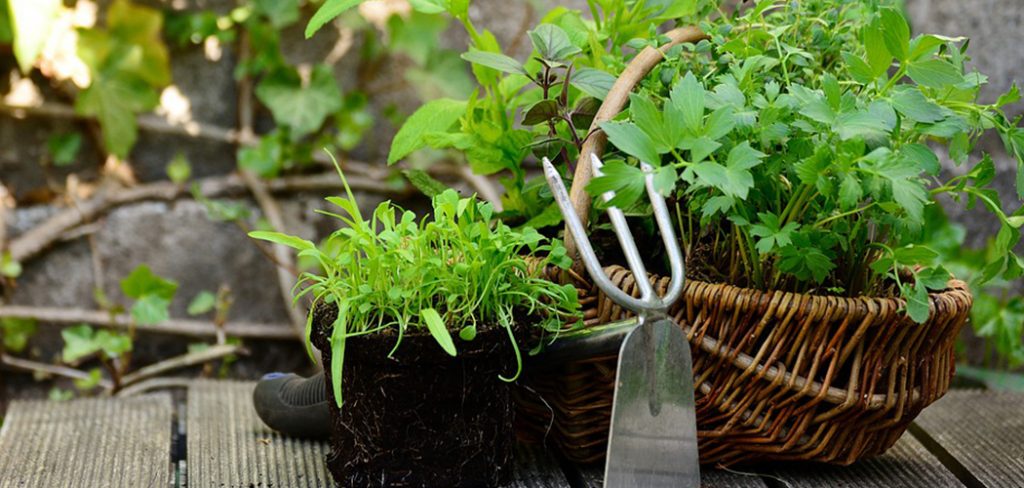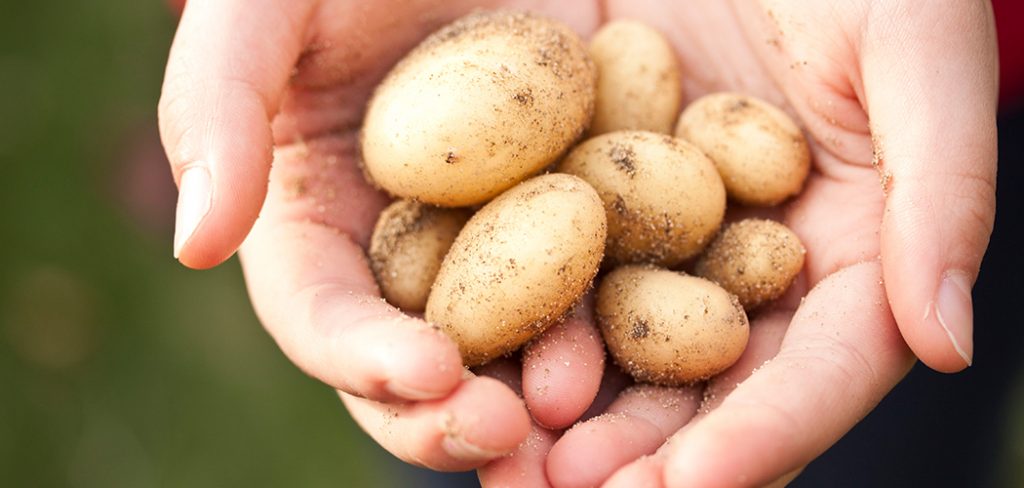Today we are talking about sex… Or well, lack of sex to reproduce. Yes, that is an interesting topic to discuss when plants are the ones you are talking about. Are there any plants that reproduce asexually?
You may think that is wrong because you have eaten any fruit (apple, lemon, banana, or your favorite one) and see some seeds coming from them. And you may be right in those cases. The thing is, some other plants can reproduce without the use of seed falling from their fruits or pollination.
Asexual reproduction is the way bacteria and other single-cell organisms multiply. This is also true for some multicellular ones, which may use features like spores or bulbs to create new organisms. Let’s find out more about this topic in the next lines, and prepare to get surprised with some of the examples.
Does strawberry reproduce asexually?
When you think of strawberry, you may think of that juicy red fruit with seeds all over its skin. So, it is fair to assume that because of that feature, they may reproduce sexually by just planting the seeds… And you may be right in some instances.
However, strawberries can also be one of those plants that reproduce asexually. So how does strawberry reproduce asexually?
First up, strawberries do have seeds from the fruits they produce. It is not like they can’t reproduce by just using the seeds or being pollinated in their flowers by a bee or a hummingbird.
But the thing is before the flowers or fruits are even taken into account, the plant would start to grow the so-called runners (or stolons. The proper, scientific way to say it). These structures that resemble roots outside of the soil would grow to some extent and clone the plant along the way.
This process is called plant propagation, and it is a strategy some plants use to extend over a wide area where they may need to compete against other plants for resources like lighting and water, or just to get multiple clones to dominate an area.
Can cactus reproduce asexually?
In this round planet Earth exists many plants that reproduce asexually, with so many examples to choose from. You just need to understand that this is so similar to what we called “cloning”, and plants do this on many occasions, for many reasons.
When it comes to cactus, there is no obvious way to know how can they reproduce. Yes, maybe you can buy seeds from some stores to grow one or several cactuses, but it is not that obvious as a fruit leaving seeds on the ground when they fall out of the tree.
But speaking about falling, did you know that cactus use the same strategy as trees with fruit, but with another part of the plant? So, can cactus reproduce asexually?
Actually, yeah. They can reproduce asexually when some part of the plant falls off, especially the leaves. After falling to the ground, they would start to grow the necessary structures to create another cactus plant. Is not that amazing?
This is why you may see so many cactuses growing together, or a carpet made of cactus’ leaves that are still green, with roots and many other plant structures growing and popping out. This is how life manifests even when there is no contact from the necessary parts for sexual reproduction.
Can plants grow from cuttings?
You may be wondering: Why are we asking this question, and what that has to do with the plants that reproduce asexually? Well, it turns out that some plants can grow from parts falling from the main plant, or by extending new parts to create copies of the first one. We already talked about it in the previous question.
But what about cuttings? Can plants grow from cuttings? Does that mean they are reproducing asexually? Yes. In short, they can grow from just cuttings.
Using just part of some plants like the onions, lavender, or pineapple, you may see that, after a while on the water or planted in soil, they would start to grow roots, leaves, and stems again. It is not like they have a brain that tells them to grow, but the stimulus is there anyways. That is how they can survive in most environments, especially when things are not in their favor.
It is a surprising fact that this is the best way to show that some plants can grow from almost nothing, without the need for seeds (sounds like a video game, and that was intentional) or a pollinator like hummingbirds or bees. This is the best example of asexual reproduction in plants.
This is a known fact in the nursery world. To obtain the number of plants they can hold inside of these places, cuttings are one of the ways they can make grow so many plants in the first place. Just imagine how expensive it would be to just depend on seeds alone, plus all the materials and things they need to keep the plants growing at a good and constant pace.
Conclusion
So, to wrap things up, some plants reproduce asexually in this world. Some of them we can find in our table, without knowing that they were grown without the need for pollinators or seeds. That is how most of the industry can keep up with the demand for veggies.
But that is not all. Plants can also reproduce asexually, without the intervention of a human being. Sometimes, they would grow some clones by extending structures like what some call runners, in which other structures like roots, leaves, and stems can start to sprout.
And the natural way to grow from cuttings without a human doing it is possible in some circumstances. Sometimes, a fallen leaf can create a whole new plant, derived from the main one. This is especially true in some succulent plants like the cactus that would grow together, even from the missing parts.

